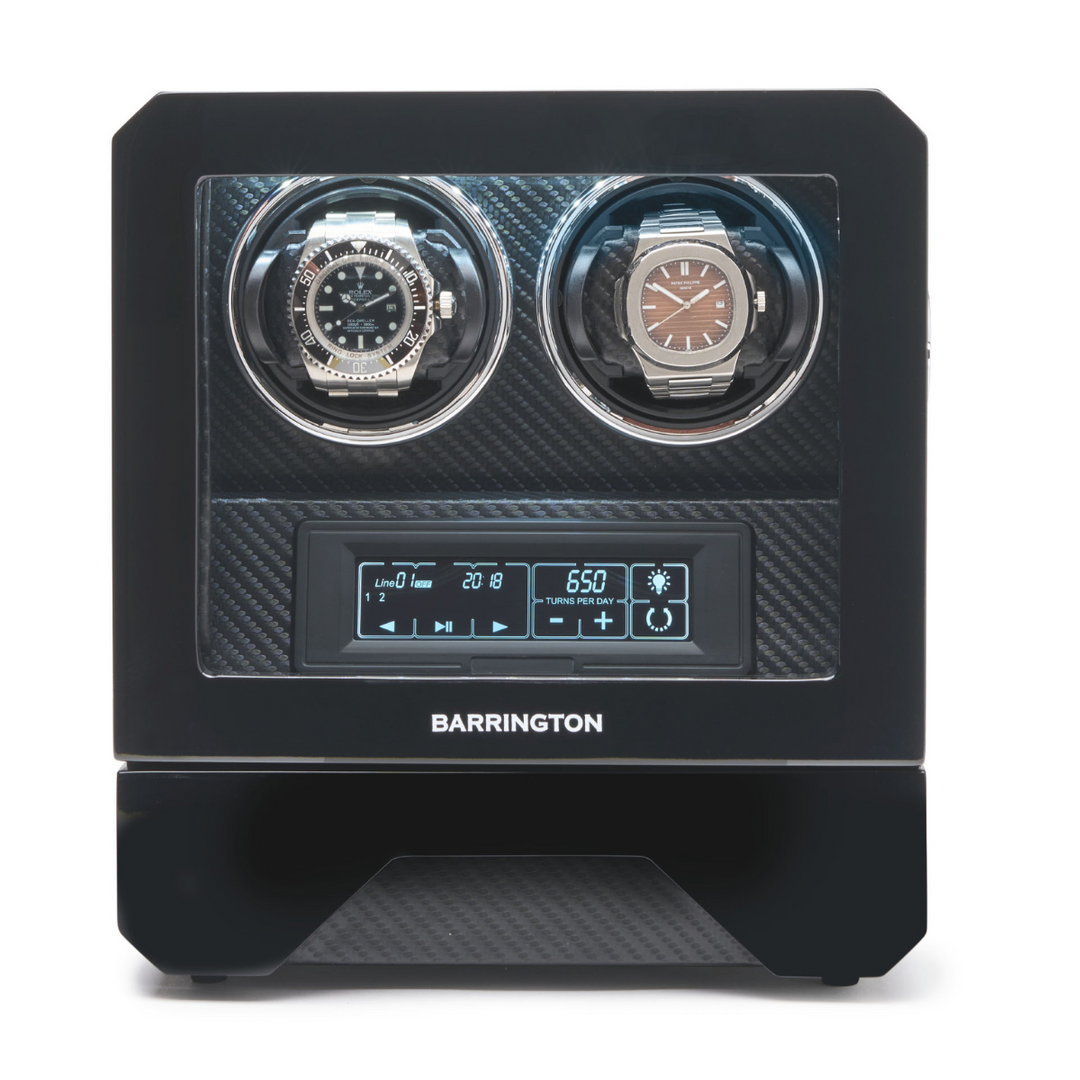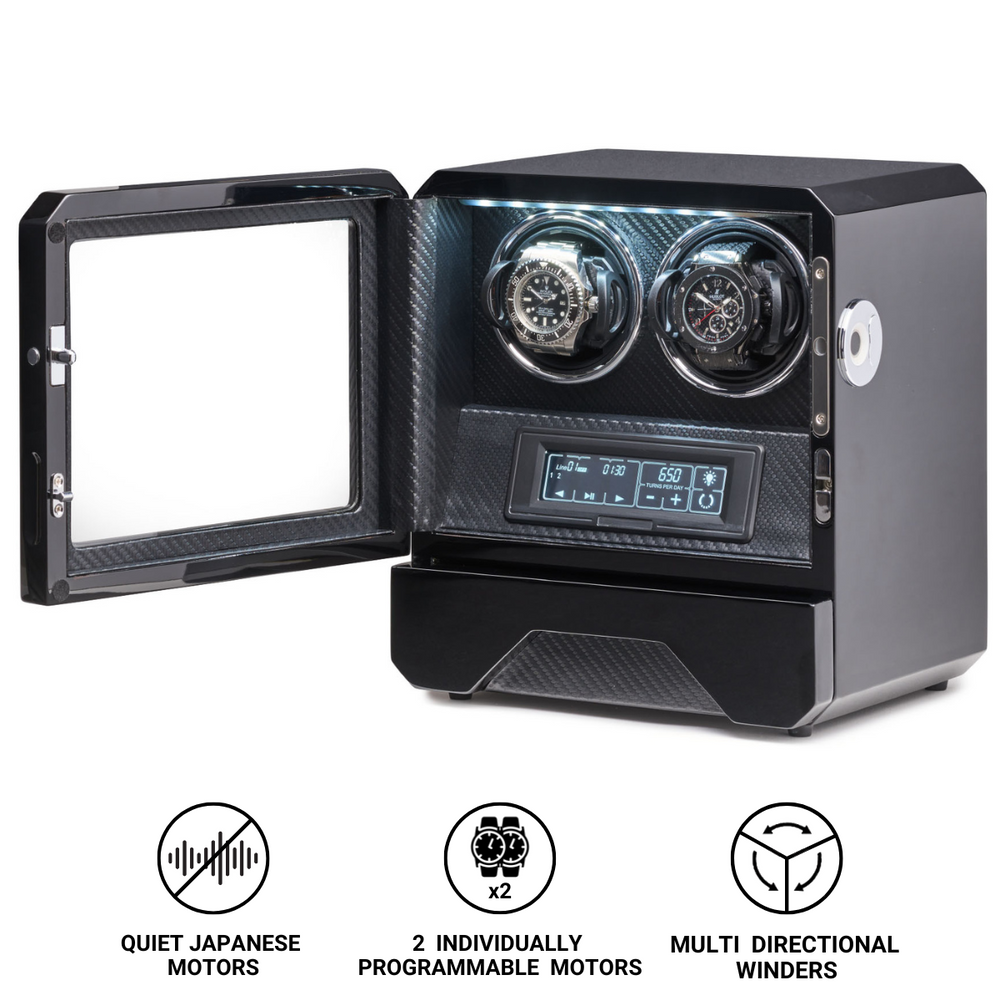The Not-So-Surprising Comeback of Affordable Swiss Automatics
A Shift in What ‘Swiss Made’ Means Today
For years, Swiss automatic watches carried a certain assumption, beautiful, precise, but out of reach for most people. The phrase "Swiss Made" was almost shorthand for luxury and high price tags. But in recent years, something interesting has happened. A quiet but steady comeback of affordable Swiss automatics is taking place, and more people are noticing.
This is not just nostalgia or clever marketing. Brands like Tissot, Hamilton and Certina have been building real value into their watches, offering proper Swiss movements, quality finishing and long-lasting materials, without the luxury price. A few years ago, owning a Swiss automatic often meant spending well over £1,000. Now? You can find watches with real heritage and quality starting closer to £400 or £500.
Take the Tissot PRX Powermatic 80, for example. Its retro design, integrated bracelet and 80-hour power reserve have made it one of the most talked-about watches under £1,000. Meanwhile, Hamilton, once an American brand, now part of the Swiss Swatch Group, continues to deliver standout pieces like the Khaki Field Mechanical and the Jazzmaster Auto, blending military inspiration with accessible pricing.
These are not just budget alternatives to more expensive models. They are genuinely well-made watches that happen to cost less. They feel solid. They look the part. And they bring mechanical watchmaking to a broader audience, many of whom are discovering automatics for the first time.
Why People Are Buying Again
So what is behind this shift? Partly, it is about trust. While smartwatches dominate the tech side of the market, many people still want something traditional on their wrist. They are not looking for apps; they are looking for something lasting. And affordable Swiss automatics offer that balance, familiar quality, without overcomplicating things.
The Swatch Group has played a key role here. As one of the largest watch groups in the world, it owns many of the brands mentioned above. It also produces ETA movements, which power countless automatics across the industry. By refining and standardising their parts, Swatch has made it possible to offer reliable mechanical watches at prices that seemed unlikely just a decade ago.
Certina, another lesser-known but respected Swatch brand, has also gained new attention. Models like the DS Action Diver and the DS-1 combine tool-watch functionality with classic design. They are not loud watches. They are well-built, purpose-driven and Swiss through and through.
Even entry-level Swiss brands outside the Swatch umbrella, like Victorinox and Raymond Weil, have leaned into this more affordable space. They are not trying to be Rolex or Omega; they are simply offering clean designs, dependable mechanics and decent finishing, things that matter to people who want something genuine on the wrist.
There is also a cultural shift at play. Younger collectors are less interested in high-end flash and more focused on value and storytelling. They want to know where a watch comes from, how it works, and whether it feels right. An affordable Swiss automatic checks all those boxes. It connects them to a tradition, but on their own terms.
In the end, the comeback of affordable Swiss automatics is not really surprising at all. It reflects a return to simpler values, mechanical reliability, timeless design, and the quiet satisfaction of wearing something that does not need charging. Brands like Tissot and Hamilton have not changed what they are about; they have simply made it easier for more people to be part of it.
And that, it turns out, is exactly what the market was missing for a while.














